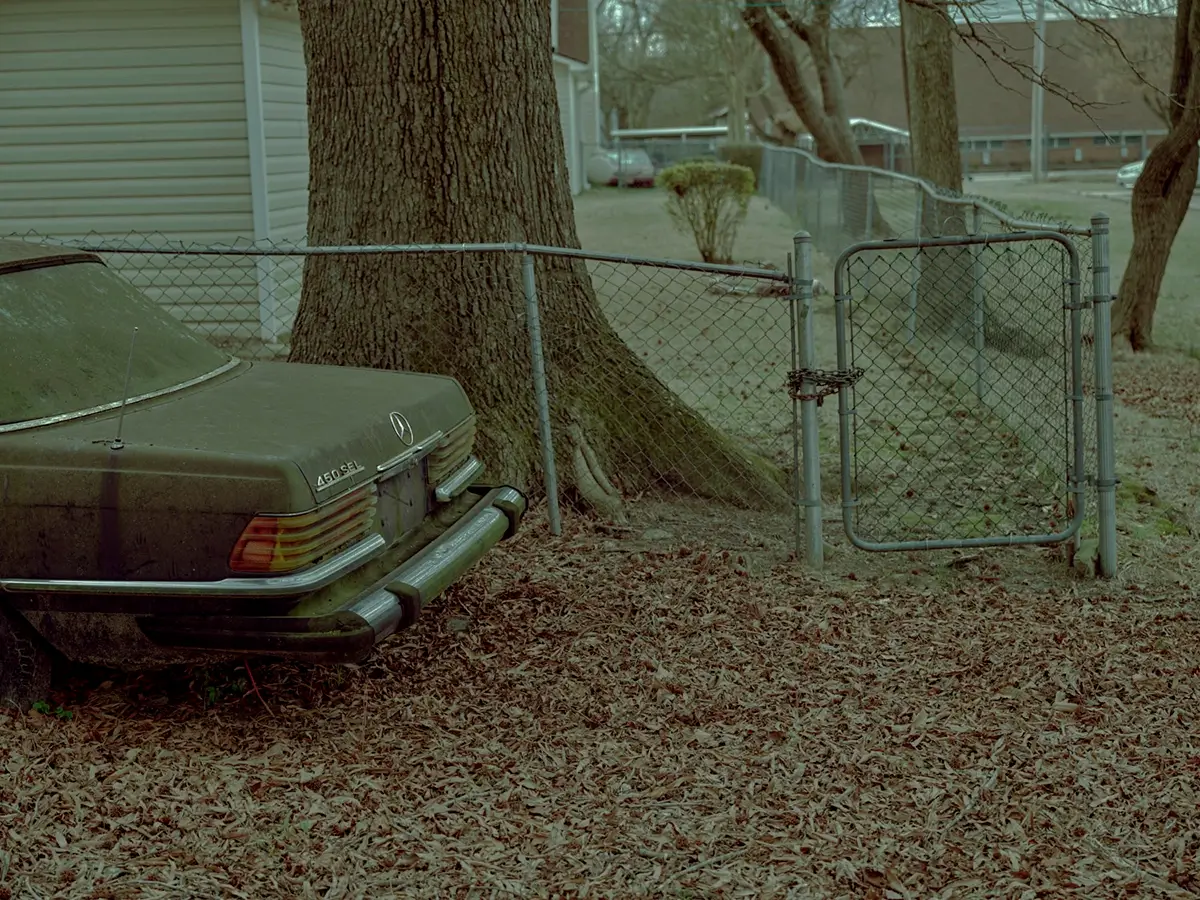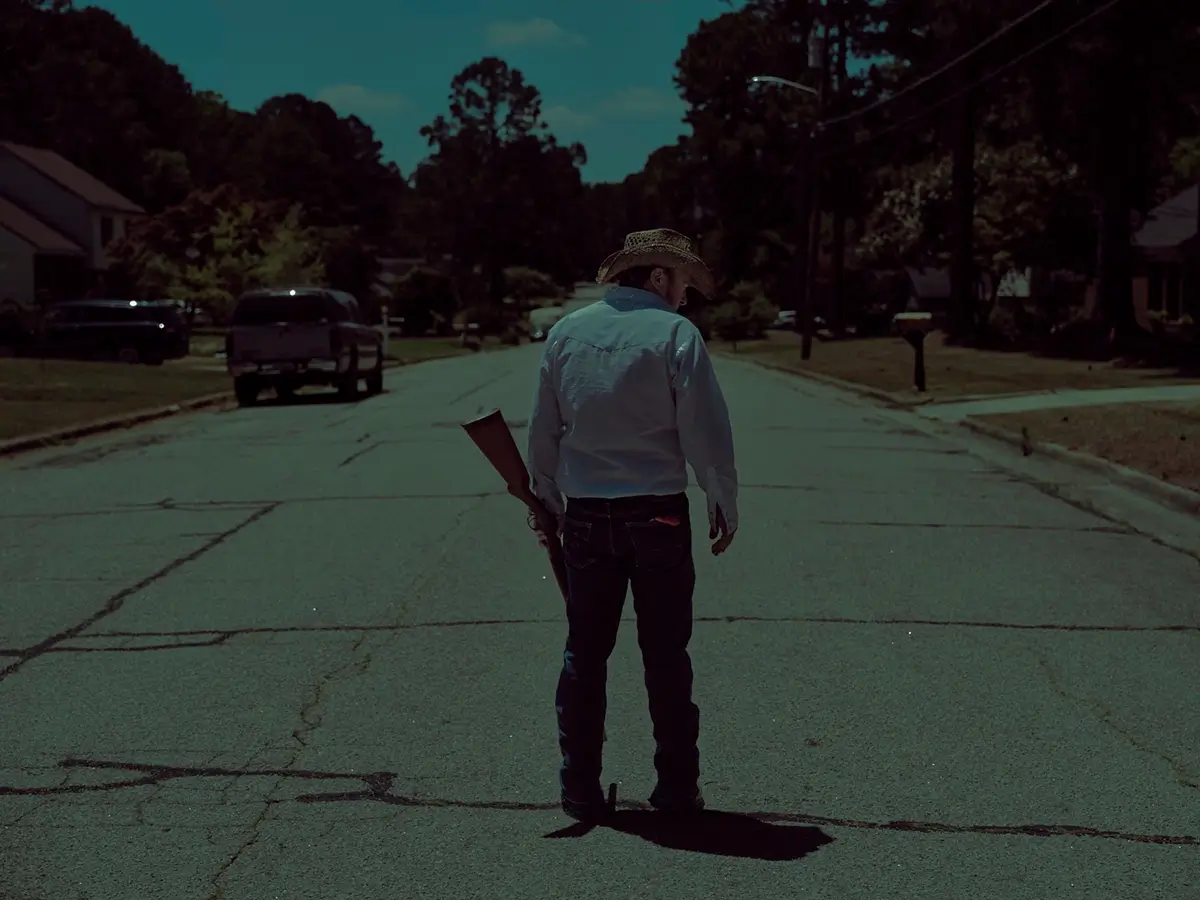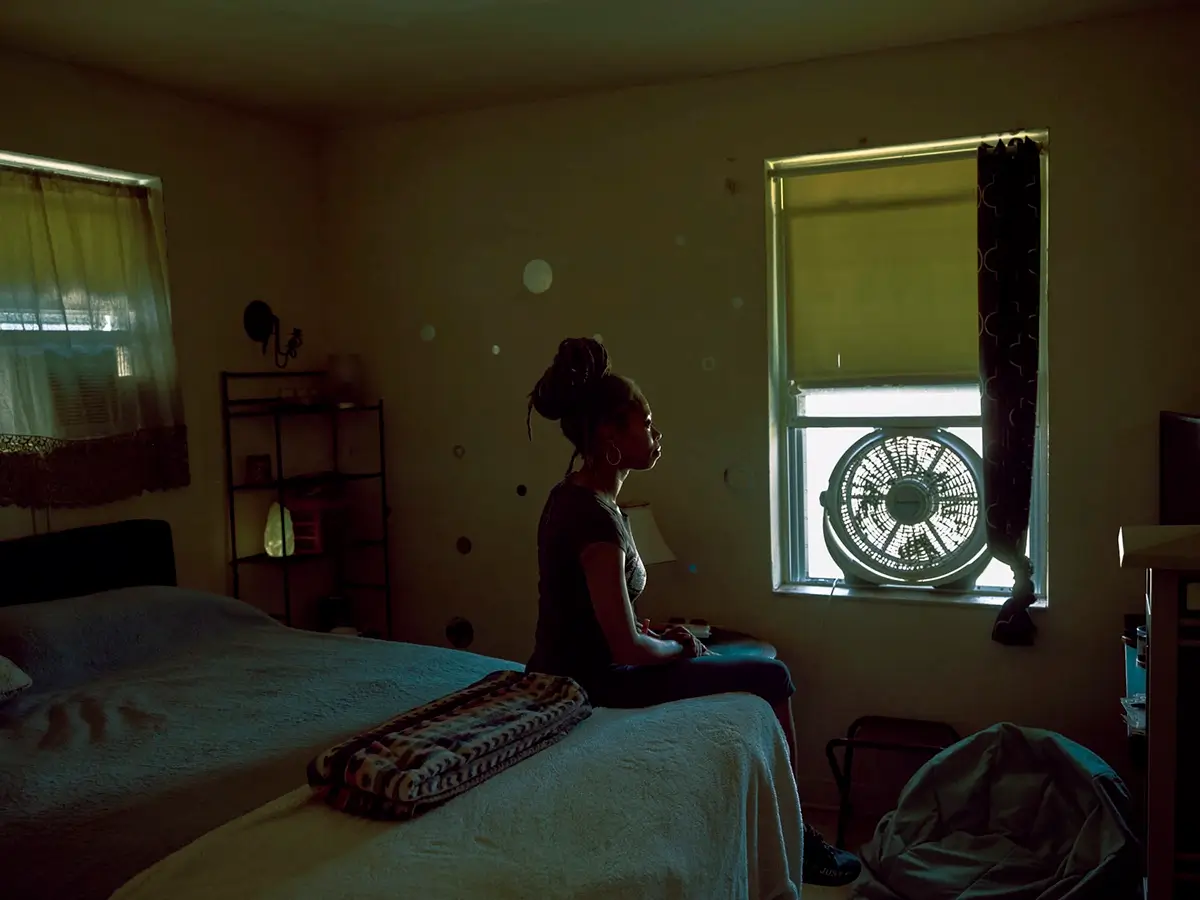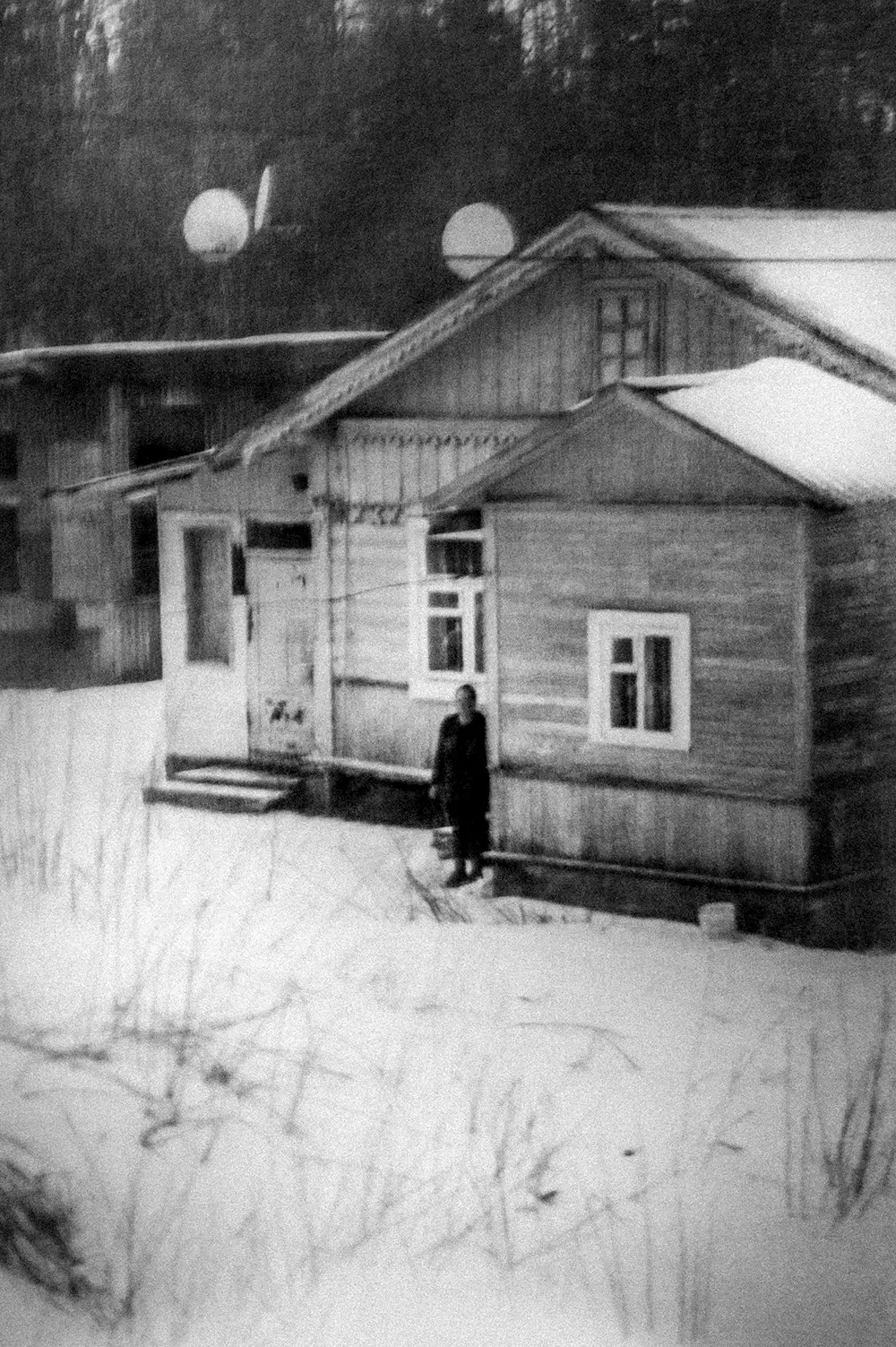The Finalists for the
Gomma Grant 2024 have been officially announced!
This year’s selection highlights an extraordinary range of photographic talent, with works spanning various genres, styles, and creative approaches. The sixty-six finalists were chosen from an impressive pool of submissions, showcasing exceptional quality, innovation, and storytelling. Reflecting global diversity, the selected projects demonstrate photography’s power to inspire, provoke, and connect across cultures.
Gomma remains committed to its mission of supporting and celebrating photographers, providing them with a platform to share their vision. While it was impossible to recognize every deserving artist, the organization deeply appreciates the dedication and artistic excellence of all participants.
2024 Winners
OVERALL WINNER: Le Chau Cuong - PRAYER FOR LOVERS WITH BROKEN HANDS
In February 2023, I set out to explore the town of Wilson, North Carolina, in the United States. I took advantage of this time of immersion to deepen my relationship with time, to play with my imaginary fantasies of small-town America, where emptiness rubs shoulders with the intranquility of facades lulled by enigmatic faces, abandoned buildings, sin- gular stories and latent repentance. Attempting to convey the imminence of an inescapable tragedy, drawing on the un- conscious universe of authors such as David Lynch, Daniel Clowes and Charles Bukows- ki in this relationship with the «left behind» people... It’s a question of constructing a pictorial narrative with an American accent, while retai- ning the idea of projecting my own sensory and emotional experience of the contrasting tableau vivant of this referenced American territory. I wanted to strike a visual balance between the imposing reality of America, with its faults, fractures, contradictions and history, and my own scripted narrative. The photographic work oscillates between a post-documentary approach and subjective writing, where the importance of immersion is essential to construct a hybrid narrative space where a fictional retranscription of reality confronts a socially and popularly powerful physical base.
www.cuonglephoto.com
''The Winner of the 2024 Gomma Photography Grant has crafted a hauntingly evocative portrait of small-town America, a deeply immersive exploration of Wilson, North Carolina. In this series, the artist masterfully navigates the space between documentary realism and personal interpretation, creating a hybrid narrative where reality is reimagined through a cinematic lens.
Drawing inspiration from the unsettling atmospheres of David Lynch, the graphic sensibilities of Daniel Clowes, and the raw existentialism of Charles Bukowski, the work presents a world on the precipice of an unspoken tragedy. The streets of Wilson unfold as a tableau vivant of quiet desolation—abandoned buildings, enigmatic faces, and latent stories of resilience and regret. Here, emptiness does not equate to silence but rather reverberates with the weight of history, social fracture, and an ever-looming sense of uncertainty.
The artist’s gaze extends beyond aesthetics, touching on the structural neglect and economic decline that have reshaped the region, particularly in the wake of deindustrialization. In a state crucial to the American political landscape, the work serves as both a poetic meditation and a socio-political reflection, amplifying voices often left unheard. This series is a striking balance of visual storytelling and social commentary, where the power of the image transcends mere documentation to become a deeply personal, yet universally resonant, cinematic experience.''
Laura Estelle Barmwoldt - Gomma
SECOND PLACE: Paul Carroll – REDD
Redd by Paul Carroll explores how communities in Ireland interact with its 84,800 km of waterways across 3,192 inland water bodies. These rivers and canals, silent yet persistent, witness the rhythms of human life, both nurturing and destructive. In the summer of 2018, with persistent high temperatures and little rainfall, inland waterways exposed a submerged world of discarded objects and remnants of daily life. Carroll captures these moments from vantage points looking directly into canals and rivers. He uses seasonal water levels and natural light to reveal the fragile interaction between people and environment. The series highlights the toll on Ireland’s waterways, with pristine rivers declining from 500 in 1980 to 20 in 2019. As Ireland transitioned from a struggling economy to a powerhouse, globalisation reshaped the landscape and intensified environmental pressures. Agricultural practices, altered waterways, wastewater discharges, and forestry have all contributed to this decline. Redd is personal study to Carroll, tied to a childhood memory of nearly drowning when a riverbank collapsed while he was fishing. The fleeting beauty of the submerged world, coupled with themes of impermanence, imbues the work with a meditation on the fragile balance between what we cherish and what slips away.
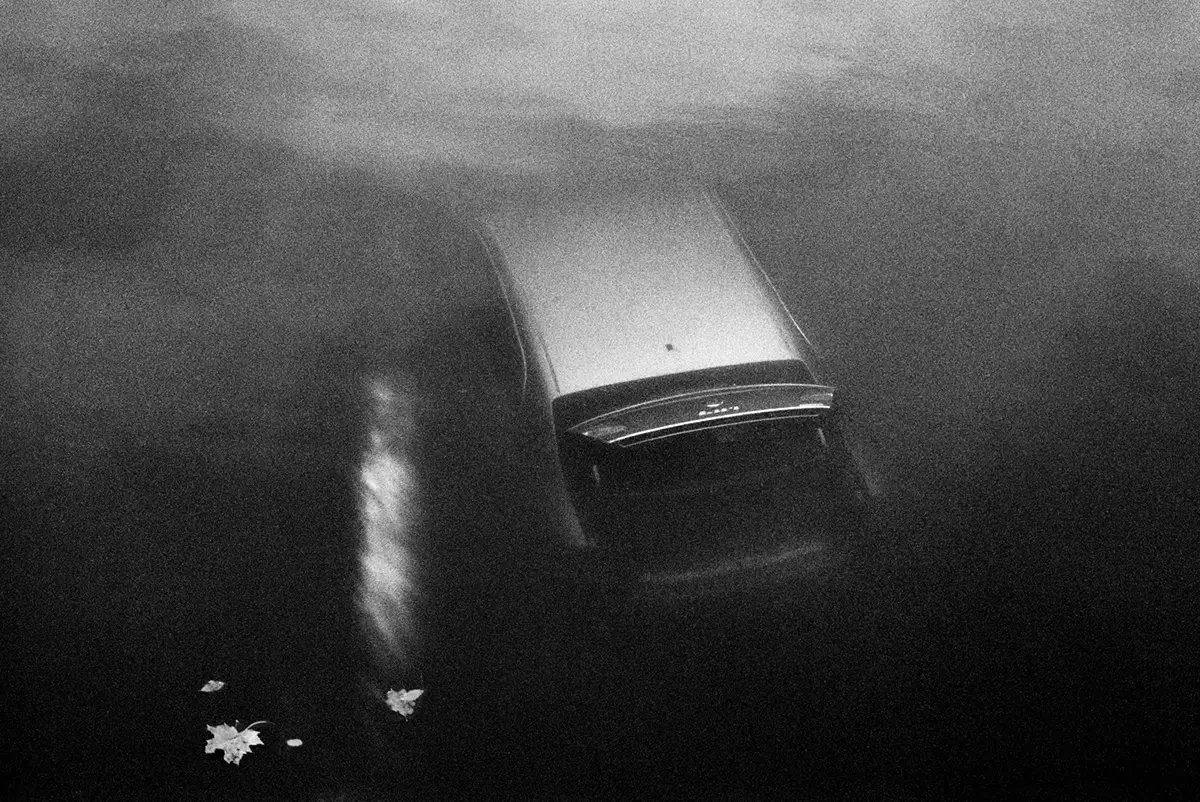
“Retaguardia” is a project that portrays post-pandemic youth immersed in the underground subcultures of Madrid. These are young people who embrace the sounds and aesthetics of past decades while establishing a connection with the generations that were part of those scenes. The project includes two time periods: on the one hand, the one lived by the author himself three decades ago; and on the other, the current moment, where he coexists with young people who once again reclaim the aesthetics of those minorities and relive their dilemmas. By producing original images and using portraiture, the author reflects on identity, the need for belonging, and social transversality. His objective is to capture the essence of that community of young people; the result is a project where diversity flourishes strongly. Some of the most powerful images of the 20th and 21st centuries have emerged from engagement with communities outside the mainstream. Retaguardia explores how photography relates to this topic, connecting with the work of creators such as Bruce Davidson, Larry Clark, Jim Goldberg, Mary Ellen Mark and Chris Steele-Perkins. The project raises questions about the meaning of inhabiting these subcultures and the role that photographers have played in representing these minorities.
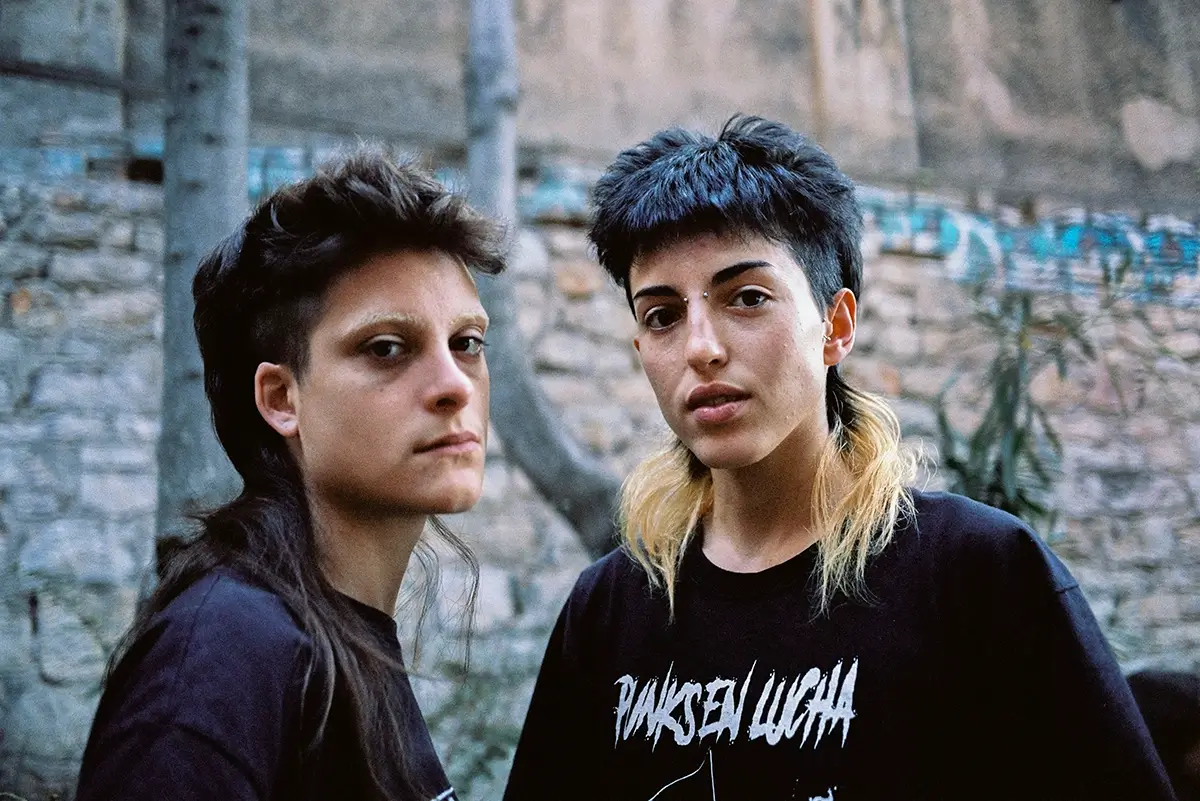
London in May. I had only three days to explore the city, a place I hadn’t seen in 21 years. Exiting the subway station near my accommodation, I found myself on a street labeled A11 on my phone’s map. I liked it, and for the next three days, I walked only this one street – into the city center and back again, a continuous loop. The street felt relaxed yet bustling, a main artery of the city, and I soon fell into a meditative rhythm, running for hours. From time to time, I snapped photos without stopping or even looking. Blurry, cropped, out-of-focus images; a few mysterious strangers in passing—that was London to me. Later, I added in some photos of gemstones I’d taken during a visit to the Natural History Museum. Back home, as I looked over the first photos I’d taken from the train window, one image revealed a message scrawled on a wall: “We live in our present, but the future is within us.” It felt like it was meant for me. I realised I would keep following my instincts, without overthinking or planning – the right path for my art, and for my life.
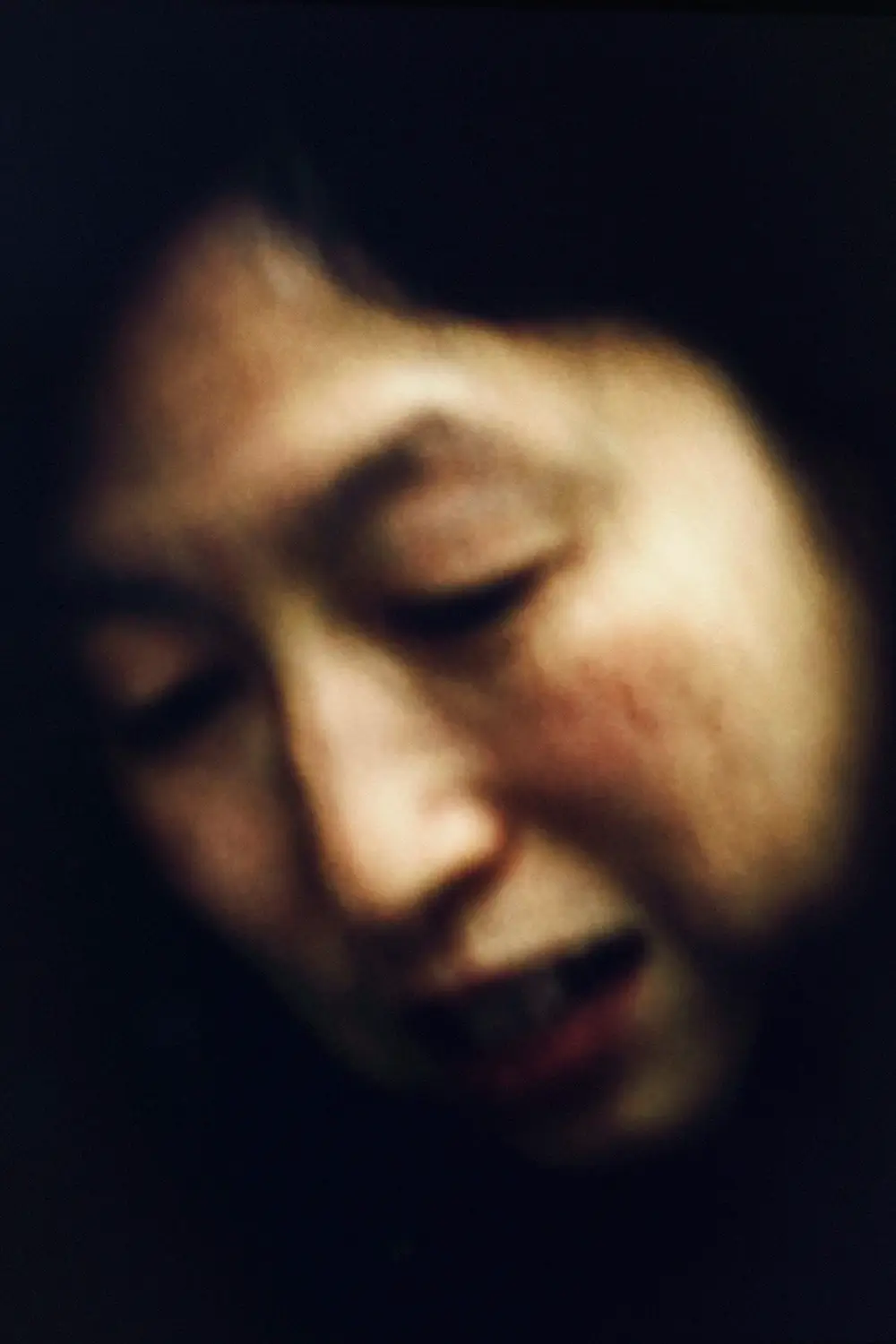
*The Zone* is an ongoing project that maps the complexities of this region through its boundaries—geographic, social, historical, and economic. Border areas, marked by conflict and encounters, become sites of tension between different populations, beliefs, and perceptions. The Israeli-Palestinian conflict and the occupation are central themes, explored symbolically and critically. The work connects the destructive reality of the occupation with the broader, multifaceted aspects of life here. Drawing on documentary photography, *The Zone* blends staged, digitally processed, and traditional documentary images. It examines the extreme relationships between characters and their environments, focusing on symbols like camels, donkeys, the Star of David, soldiers, deserts, and fences. Through irony and humor, these symbols critique the ways they shape perceptions of political, social, and religious aspects of the region, both for those within it and for external observers. The photographs also reference historical depictions of the region by artists drawn to its exoticism and address its current representation in the media. A key concern is the relationship between photography and painting, as the work navigates the space between these two mediums, exploring their intertwined meanings.
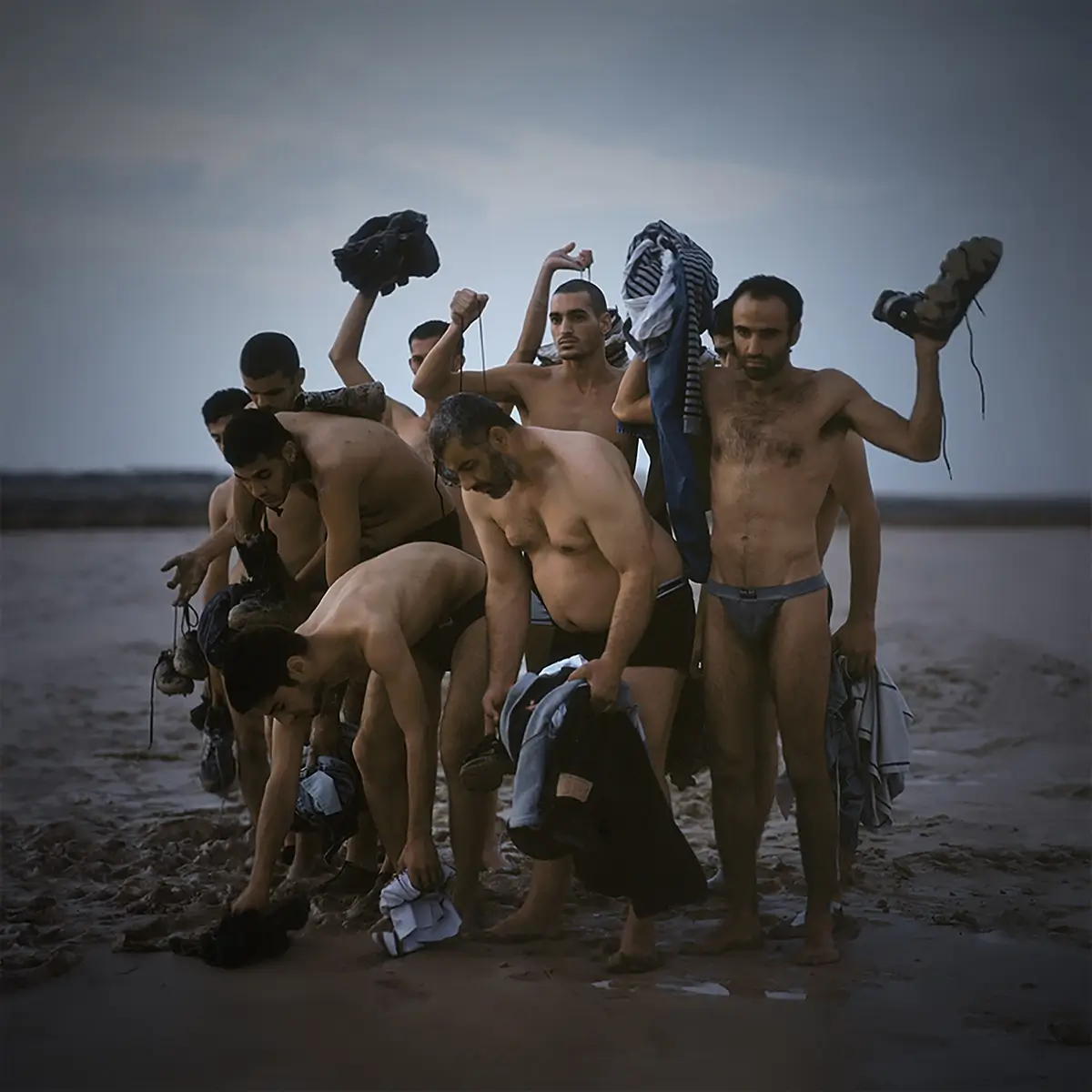
For two years, I fought for permission to access the prison in Belene, and I’ve never dream of the freedom I have now. All-daylong meetings with the inmates, and access to every corner of the prison without police, guards, or officials. This allows me to experience the life of the prisoners for a few days a month. This prison is different for a few reasons. Firstly, it is located on Persin Island in the Danube River and is only accessible via a pontoon bridge owned by the prison. Access to the bridge is impossible because it is heavily guarded. Secondly, the bridge has not only guards and technical protection but relies on nature to make escapes unfeasible. On the island, there’s an unprecedented mosquito population, and without protective gear for just a few minutes, mosquitoes can poison your blood and cause death. A last reason is that many of the prisoners are sentenced to life. Most of the people you see in the project have committed murder and were sentenced to the most severe punishment.
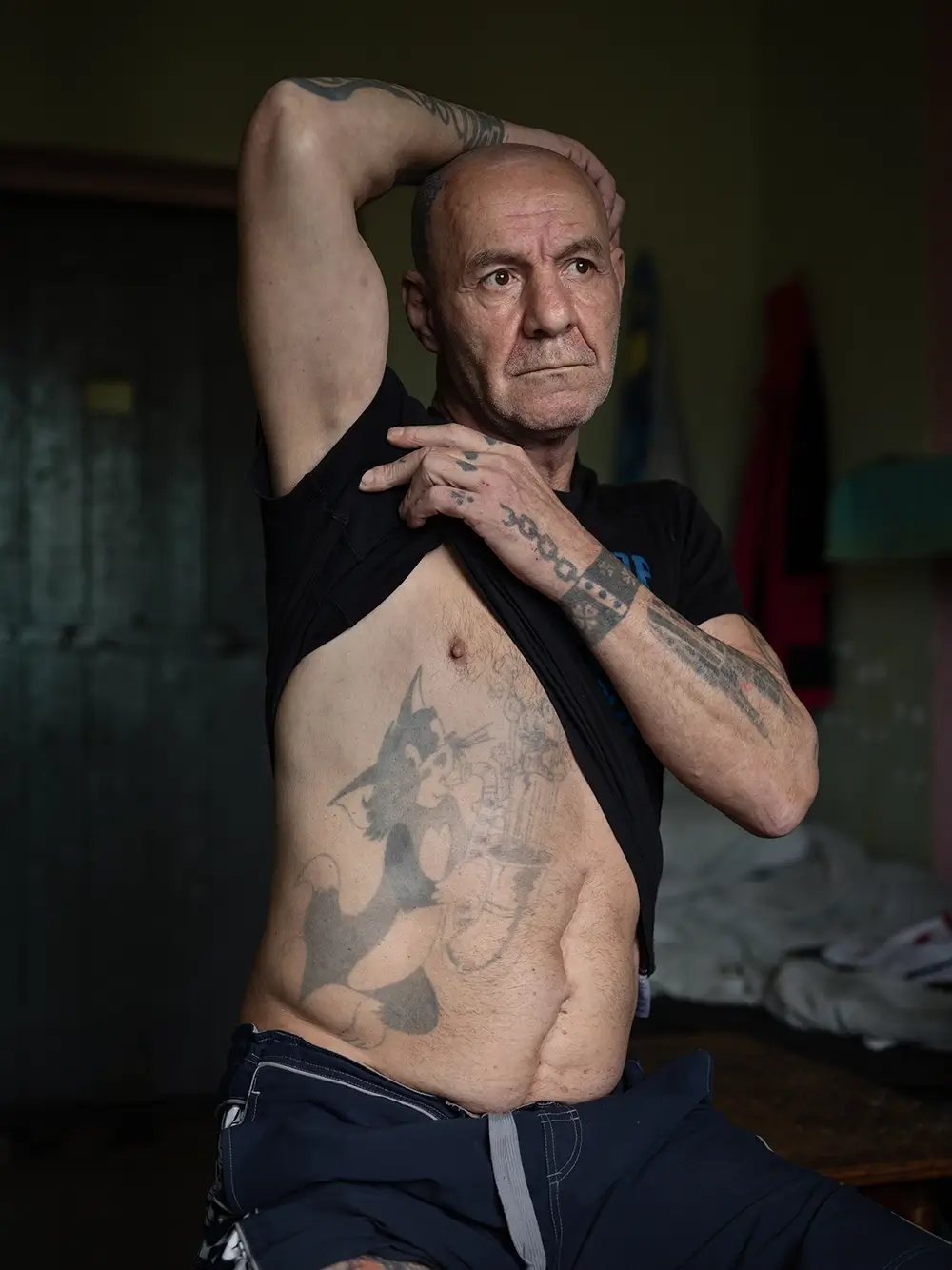
Under the earth, under the trees, under the pavement of the sidewalks, ruins of synagogues and graves full of bones. What we see on the surface replaces what we can no longer see. A city returned to its banality. The trees and snowy streets continue the erasure of bodies and names. Here, everything separates me from the depth of the place. The grasses are no longer charred, the bullets have disappeared and the turned over earth seems hardened by silence. Of the thousands of Jewish children, women and men taken by force to the hills of the city to be shot in the back of the head and piled on top of the naked bodies of those who came before them, almost nothing remains. no trace. Neither monument, nor repentance. Only a stone engraved and erected in the middle of the brambles, out of sight, escapes erasure.
Gomma New Flavour (GNF) Award: Diana Ridaf – COME ON BABY, LIGHT MY FIRE
Come on Baby, Light my Fire is a reflection on the sexual objectification of women in mass erotic and nude photography that has become widespread in thematic publics on social networks. I bring the monotony and cliché of poses, images and plots in these photographs to the point of absurdity. I shoot self-portraits in which I create parodies of frequently used plots and locations. I construct still lifes in which I reflect on phrases and words that have an erotic subtext. I capture the interiors of photo studios for nude photo sessions without heroes and heroines, but inflatable dolls with my face penetrate into some of them. In all my work, I use hard artificial light to create an aesthetic that refers to advertising and artificiality. This approach shows that the nature of these images is deceptive.
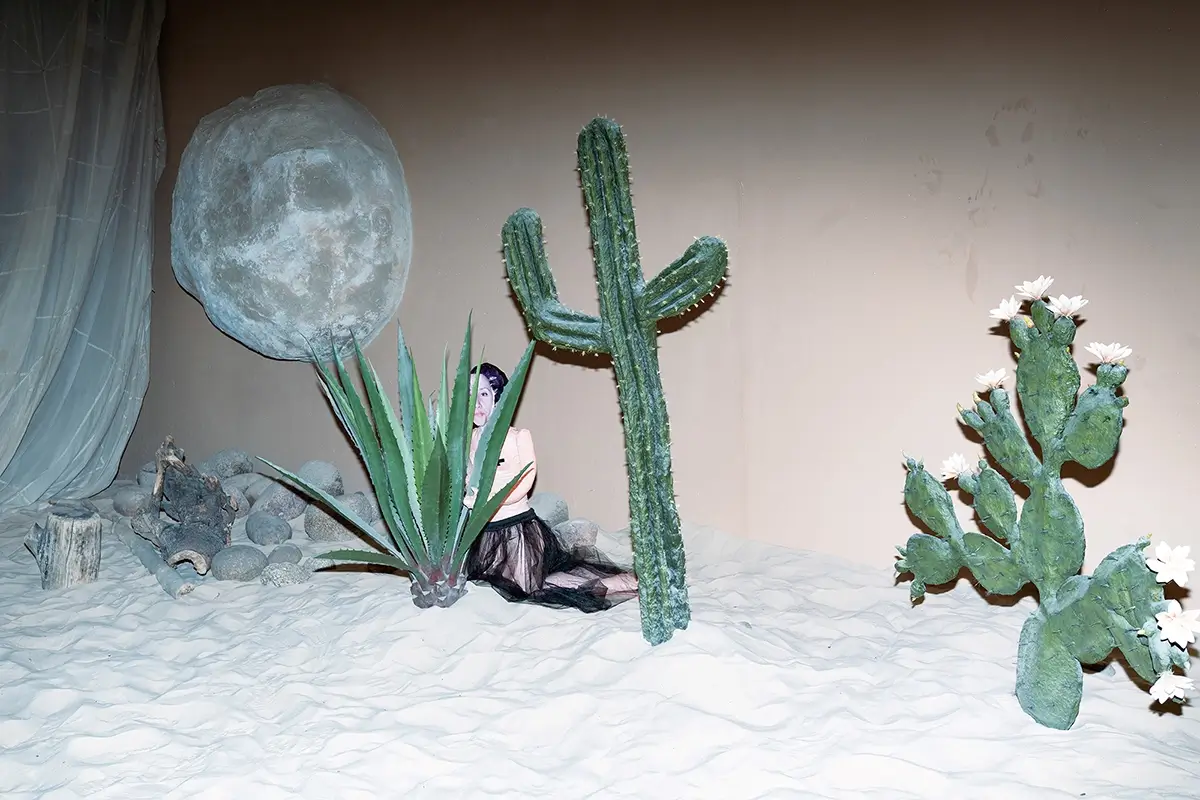
The winner of the 2024 Gomma Photography Grant has created a profoundly evocative portrayal of small-town America, offering an immersive journey into the heart of Wilson, North Carolina. This series seamlessly blends documentary realism with personal interpretation, crafting a hybrid narrative where reality is reimagined through a cinematic lens.
Influenced by the eerie atmospheres of David Lynch, the graphic sensibilities of Daniel Clowes, and the raw existentialism of Charles Bukowski, the work captures a world teetering on the edge of an unspoken tragedy. Wilson’s streets become a living tableau of quiet desolation—abandoned buildings, enigmatic faces, and untold stories of resilience and regret. Here, emptiness is not mere absence but a space charged with history, social fracture, and an ever-present sense of uncertainty.
Beyond aesthetics, the artist’s lens turns to the structural neglect and economic decline that have reshaped the region, particularly in the wake of deindustrialization. In a state pivotal to the American political landscape, this work operates both as a poetic meditation and a socio-political reflection, amplifying voices often overlooked. Striking a delicate balance between visual storytelling and social commentary, the series transcends documentation, transforming into a deeply personal yet universally resonant cinematic experience.
Gomma congratulates all the winners and invites audiences to explore these outstanding works, each offering a unique and powerful visual narrative.
Enjoy the viewing!


